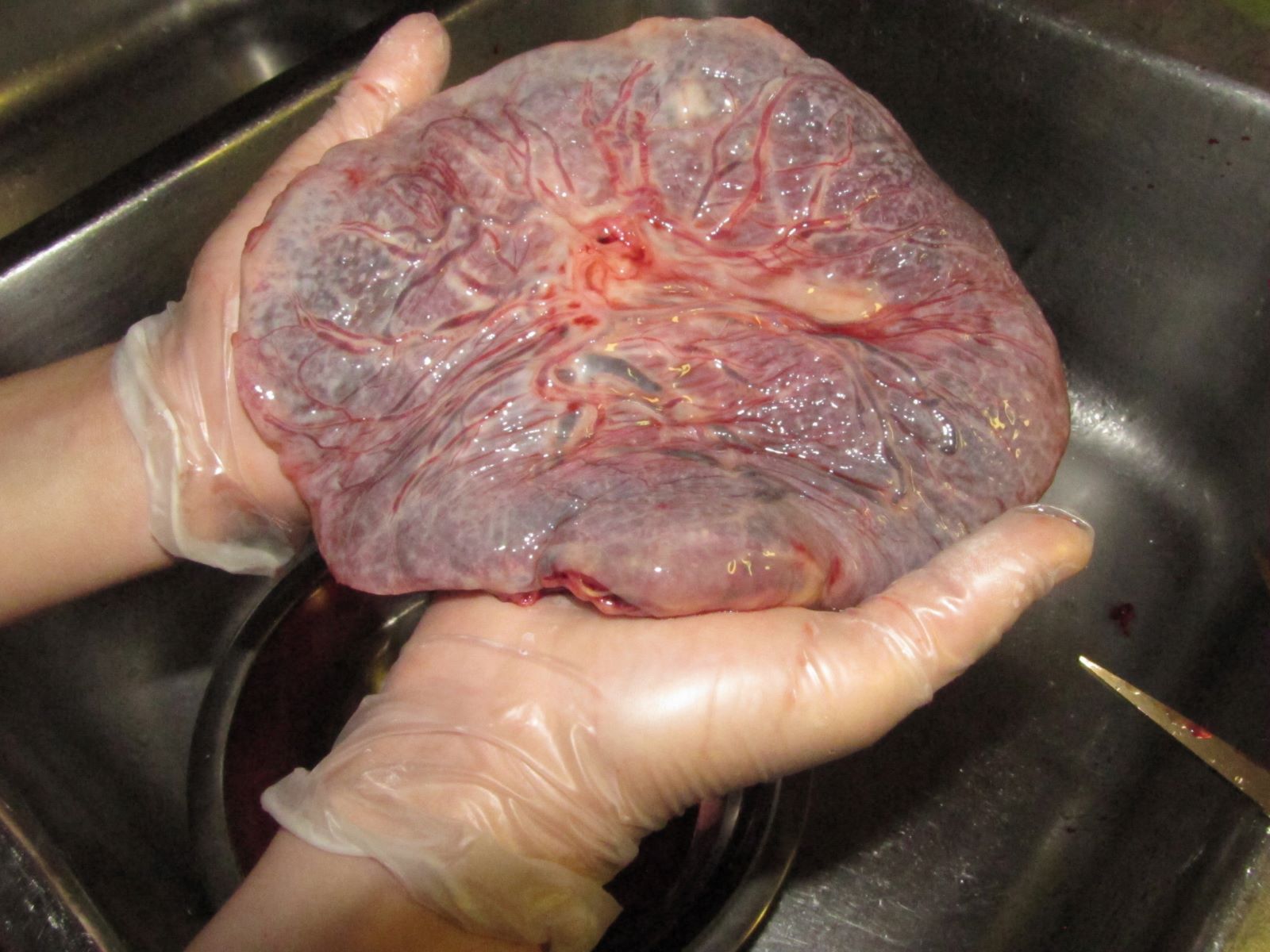

Articles
How To Store Placenta
Modified: December 7, 2023
Learn the best way to store placenta with our informative articles. Discover tips and techniques for proper storage and preservation.
(Many of the links in this article redirect to a specific reviewed product. Your purchase of these products through affiliate links helps to generate commission for Storables.com, at no extra cost. Learn more)
Introduction
Welcome to the fascinating world of placenta storage! While it may seem unconventional to some, storing the placenta has gained popularity in recent years for its potential benefits. The placenta, an organ that develops during pregnancy, plays a crucial role in supporting the growth and development of the fetus. But its significance doesn’t end at birth. Many cultures believe that the placenta holds immense medicinal and spiritual value, leading to various methods of preserving it after childbirth.
Storing the placenta allows families to commemorate the birth of their child, honor cultural traditions, and potentially reap its perceived health benefits. This article will guide you through the different methods of storing the placenta and help you understand what may be the best approach for you.
Before we delve into the various storage options, let’s take a closer look at why storing the placenta has become a popular choice for many families.
Key Takeaways:
- Storing the placenta offers families a unique way to honor cultural traditions, spiritually connect with the birthing process, and potentially reap its perceived health benefits. Whether freezing, dehydrating, encapsulating, tincturing, or burying, each method provides a meaningful and diverse approach to preserving this remarkable organ.
- While scientific research on the benefits of placenta storage is limited, the decision to store the placenta is deeply personal and should be based on cultural beliefs, personal preferences, and consultation with healthcare professionals. Exploring the various methods of storing the placenta provides an opportunity to preserve its significance and create lasting memories and benefits for the journey through parenthood.
Read more: How To Store Basil From Store
Why Store Placenta?
Storing the placenta holds cultural, spiritual, and potential health benefits for many families. Here are some of the reasons why storing the placenta has gained popularity:
- Cultural Significance: In many cultures around the world, the placenta is considered sacred and is believed to hold spiritual significance. Storing the placenta allows families to honor cultural traditions and rituals associated with childbirth.
- Connection to Nature and Life: Some families feel a deep connection to the placenta as a symbol of the life-giving process. By storing the placenta, they can create a lasting memento that represents the bond between mother and child.
- Potential Health Benefits: Advocates of placenta consumption believe that it can provide various health benefits. The placenta is rich in nutrients, hormones, and stem cells, which are thought to support postpartum recovery, boost energy levels, and balance hormones. While scientific research on these benefits is limited and inconclusive, some mothers find personal anecdotal evidence of improved well-being after consuming placenta-derived products.
- Postpartum Support: Storing the placenta allows mothers to explore different postpartum support options. Placenta encapsulation, for example, involves processing the placenta into supplement capsules that can be consumed for potential health benefits. This method is believed to support hormonal balance, reduce postpartum depression, and increase milk supply.
- Future Uses: Some families choose to store the placenta for future use. They may anticipate potential health challenges, such as autoimmune disorders, and believe that the placenta’s unique properties can be helpful in the future.
While the decision to store the placenta is a personal one, it is important to consider your cultural beliefs, consult with healthcare professionals, and understand the regulations and guidelines in your country or state regarding placenta storage.
Now that we understand the reasons behind placenta storage, let’s explore how to prepare for the storage process.
Preparation for Storing Placenta
Before storing the placenta, there are a few important steps to take to ensure its preservation and safety. Here is a guide to help you prepare:
- Inform Your Healthcare Provider: It is crucial to inform your healthcare provider of your intention to store the placenta. They can provide guidance, answer any questions you may have, and ensure that the placenta is properly handled after childbirth.
- Storage Container: Prepare a suitable storage container for the placenta. The container should be clean, airtight, and made of a material that can withstand freezing or dehydration processes. Make sure to label the container clearly with the date of birth to avoid any confusion later on.
- Proper Handling: It is essential to handle the placenta with utmost care to prevent contamination. Ensure that the placenta is handled hygienically, using gloves and sterilized tools during any preparation process.
- Timing: Time is of the essence when it comes to storing the placenta. Ideally, the placenta should be stored within a few hours after birth to maintain its freshness and quality. If immediate storage is not possible, it can be refrigerated for up to 48 hours, but it is best to freeze or process it as soon as possible.
- Consent and Legal Considerations: In some jurisdictions, there may be legal considerations regarding placenta storage. Make sure to research and comply with local laws and regulations. Additionally, if you plan to have the placenta processed by a professional encapsulator or tincturer, ensure that they follow proper safety and hygiene protocols.
- Consultation with Experts: If you are unsure about the storage process or have specific concerns about placenta storage, consider consulting with experts, such as placenta encapsulation specialists or holistic healthcare practitioners. They can provide valuable insights and guidance based on their expertise and experience.
By following these preparations, you can ensure that the placenta is stored safely and maintain its potential benefits for future use. Now, let’s explore the different methods of storing the placenta.
Choosing the Right Storage Method
When it comes to storing the placenta, there are several methods available. Each method offers unique benefits and considerations. Here are some factors to consider when choosing the right storage method for your placenta:
- Freezing the Placenta: Freezing the placenta is one of the most common and simple methods of preservation. It involves placing the placenta in an airtight container and freezing it until further use. This method preserves the placenta’s nutrients and is relatively easy to manage.
- Dehydrating the Placenta: Dehydration involves drying the placenta to remove moisture and preserve it for longer periods. Dehydrated placenta can be ground into a powder or turned into capsules for easy consumption. This method allows for convenient storage and can be helpful for those who prefer to take placenta supplements.
- Encapsulating the Placenta: Encapsulation involves processing the placenta into small capsules that can be consumed as supplements. This method is believed to offer postpartum benefits such as hormone regulation, increased energy, and improved mood. It is essential to work with a trained professional or specialist who follows strict hygiene practices during the encapsulation process.
- Tincturing the Placenta: Tincturing is a method that involves steeping the placenta in alcohol, such as vodka or brandy, for an extended period to extract its essence. The resulting tincture can be used in small doses for emotional and energetic support during times of stress or transition.
- Burial or Planting the Placenta: Another alternative is to bury or plant the placenta in a special location. This method is often seen as a symbolic way to return the placenta to the earth and nurture the growth of a tree or plant. It can be a deeply meaningful and environmentally conscious choice.
When deciding which storage method to choose, consider your personal beliefs, cultural practices, and the intended use of the placenta. It can also be helpful to consult with healthcare professionals or experienced placenta specialists who can provide guidance based on your specific situation.
Now that you are familiar with the different storage methods, let’s explore each method in more detail, starting with freezing the placenta.
Method 1: Freezing the Placenta
Freezing the placenta is one of the simplest and most commonly used methods to preserve this vital organ. Freezing helps retain its nutrients for future use. Here is a step-by-step guide on how to freeze the placenta:
- Clean and Prepare: Start by ensuring that your workspace is clean and sanitized. Use gloves and sterilized tools to handle the placenta. Remove any excess blood and membranes from the placenta and rinse it gently with cool water.
- Cut and Divide: If desired, you can divide the placenta into smaller pieces for easier storage. Use a clean, sharp knife to carefully slice it into manageable portions. This step is optional and depends on personal preference and storage container size.
- Airtight Packaging: Place the cleaned and divided placenta pieces into an airtight container. It is recommended to use a freezer-safe bag or airtight container to prevent freezer burn and maintain the placenta’s freshness. Make sure to label the container with the date of birth for easy identification.
- Freeze: Once the placenta is securely packaged, place it into the freezer as soon as possible. It is ideal to store the placenta at a temperature of -18°C (0°F) or below. This freezing process will help preserve the placenta’s nutrients and keep it usable for an extended period.
- Remember Storage Duration: While the placenta can be stored in a freezer for a considerable amount of time, it is recommended to use it within one year for optimal quality. Keep track of the storage duration and consider using it within a reasonable timeframe.
It is important to note that before consuming or using the frozen placenta, it should thaw slowly in the refrigerator overnight or under cold running water. Once thawed, follow the specific instructions for the chosen method of consumption or further processing, such as encapsulation or tincturing.
Freezing the placenta provides a practical and convenient method of preservation while retaining its potential benefits. However, it is essential to maintain proper hygiene and follow safe food handling practices throughout the process to ensure the health and well-being of you and your family.
Now that you understand the freezing method, let’s explore another popular storage method: dehydrating the placenta.
Store the placenta in a sealed container in the refrigerator for up to 24 hours before encapsulation or other use. If storing for longer, freeze it in a labeled, airtight bag for up to 6 months.
Read more: How To Store Store-Bought Bread
Method 2: Dehydrating the Placenta
Dehydrating the placenta is a method that involves removing moisture from the organ, resulting in a dried and preserved form. This method is popular among those who wish to consume placenta-derived supplements or use the dried placenta for various purposes. Here is a step-by-step guide on how to dehydrate the placenta:
- Clean and Prepare: Start by ensuring that your workspace is clean and sanitized. Use gloves and sterilized tools to handle the placenta. Remove any excess blood and membranes from the placenta and rinse it gently with cool water.
- Cut and Drain: If desired, you can cut the placenta into smaller pieces for easier handling. Allow the placenta to drain and remove as much excess moisture as possible by patting it dry with sterile towels.
- Slice or Dice: Cut or dice the placenta into thin slices or small pieces. This will help expedite the dehydration process and ensure thorough drying.
- Dehydrator or Oven Method: There are two common methods for dehydrating the placenta: using a food dehydrator or an oven. If using a food dehydrator, arrange the placenta pieces on the trays, leaving space between them for better air circulation. Set the dehydrator to a low temperature (around 60°C/140°F) and let it run for several hours until the placenta is completely dry and brittle. If using an oven, place the placenta pieces on a wire rack over a baking sheet and set the oven to the lowest temperature. Allow the placenta to dehydrate for several hours until it is fully dried, taking care to monitor the process to avoid burning.
- Check for Dryness: After the dehydration process, check the placenta for complete dryness. It should feel crisp and brittle to the touch. If any moisture remains, continue the dehydration process until the placenta is thoroughly dry.
- Grind or Store: Once the placenta is completely dried, you can choose to grind it into a fine powder using a coffee grinder or mortar and pestle. Alternatively, you can leave it in small pieces for later use. Store the dehydrated placenta in an airtight container, preferably in a cool, dry place away from sunlight.
The dehydrated placenta can be used for encapsulation, where the dried placenta is ground into powder and encapsulated in supplement form. It can also be added to smoothies, teas, or other recipes as desired. Make sure to follow proper hygiene practices during the preparation and consumption of dehydrated placenta.
Now that you are familiar with the process of dehydrating the placenta, let’s explore another method: encapsulating the placenta.
Method 3: Encapsulating the Placenta
Encapsulating the placenta is a popular method that involves processing the placenta into supplement capsules for postpartum consumption. This method is believed to offer various benefits, including hormonal balance, increased energy levels, and improved mood. Here is a step-by-step guide on how to encapsulate the placenta:
- Preparation and Cleaning: Start by ensuring that your workspace is clean and sanitized. Use gloves and sterilized tools to handle the placenta. Remove any excess blood and membranes from the placenta and rinse it gently with cool water.
- Cooking or Steaming: There are two common methods for preparing the placenta before encapsulation: cooking or steaming. Cooking involves boiling the placenta in water for a certain period, while steaming involves steaming it over high heat. Both methods help ensure the placenta is safe for consumption by eliminating any potential pathogens. Follow a trusted recipe or consult with a professional encapsulator for specific instructions.
- Slicing and Dehydrating: Once the placenta is cooked or steamed, allow it to cool. Slice the placenta into thin pieces and place them in a food dehydrator or an oven set to a low temperature. Dehydrate the placenta until it is thoroughly dried and brittle. This step helps remove moisture and aids in the grinding process.
- Grinding and Capsuling: Once the placenta is completely dried, use a clean coffee grinder or mortar and pestle to grind it into a fine powder. This powder is then packed into empty supplement capsules. You can either purchase empty capsules or use a capsule machine to fill them easily. Follow the instructions provided with the capsules or capsule machine for accurate dosages.
- Storage and Consumption: Store the placenta capsules in a dark, airtight container in a cool, dry place. Make sure to label the container with the date of encapsulation. When it comes to consumption, it is recommended to start with a low dosage and gradually increase if needed. Follow the guidance of a healthcare professional or a trusted encapsulation specialist for appropriate consumption and dosage recommendations.
It is crucial to work with a trained professional or a specialist experienced in placenta encapsulation to ensure strict hygiene practices throughout the process. This will help maintain the safety and integrity of the placenta capsules.
Encapsulating the placenta provides a convenient way to consume the placenta’s potential benefits in a controlled and manageable form. However, it is always essential to consult with healthcare professionals and follow proper food handling and storage practices to ensure your well-being.
Now, let’s explore another method: tincturing the placenta.
Method 4: Tincturing the Placenta
Tincturing the placenta is a method that involves steeping the placenta in high-proof alcohol to create a concentrated liquid extract. This extract, known as a placenta tincture, is then used in small doses for emotional and energetic support during times of stress or transition. Here is a step-by-step guide on how to tincture the placenta:
- Preparation and Cleaning: Start by ensuring that your workspace is clean and sanitized. Use gloves and sterilized tools to handle the placenta. Remove any excess blood and membranes from the placenta and rinse it gently with cool water. Pat it dry using sterile towels.
- Cutting and Dicing: Cut the placenta into small pieces or thin strips to enable better extraction. The size and shape of the placenta pieces can vary based on personal preference.
- Choose a Suitable Alcohol: Select a high-proof alcohol such as vodka or brandy. It is recommended to use a minimum of 40% alcohol (80 proof) to ensure proper preservation and extraction of the placenta’s properties.
- Place the Placenta in a Jar: Place the placenta pieces in a glass jar with a tight-fitting lid. Make sure the jar is clean and sterilized to maintain the purity of the tincture.
- Add Alcohol: Pour the chosen alcohol over the placenta until it is fully submerged. Ensure that all the placenta pieces are covered to promote proper extraction.
- Label and Store: Label the jar with the date and contents, and place it in a cool and dark location. Allow the placenta to steep in the alcohol for at least six weeks, but longer steeping periods (up to several months) are recommended for a more potent tincture.
- Strain and Preserve: After the steeping period, strain the tincture using a fine-mesh strainer or cheesecloth to remove the placenta pieces. Transfer the tincture into a clean, dark glass bottle with a dropper for easy and controlled use.
- Usage and Storage: Use the placenta tincture in small, diluted doses whenever needed for emotional support or during times of transition. The tincture can be stored in a cool, dark place away from direct sunlight. Ensure it is properly labeled and kept out of the reach of children.
Consult with a professional or a knowledgeable herbalist to determine the proper dosage and usage instructions for your placenta tincture. They can provide guidance based on your specific needs and circumstances.
Tincturing the placenta allows for longer-term preservation and offers a flexible way to harness the placenta’s potential benefits. However, it is important to be mindful of potential interactions with alcohol and personal sensitivities when using the tincture.
Now that you’ve explored tincturing, let’s move on to another method: burial or planting the placenta.
Method 5: Burial or Planting the Placenta
Burial or planting the placenta is a method that holds deep symbolic and cultural significance for many families. This method involves ceremonially burying or planting the placenta in a special location, such as a garden or under a tree. Here is a step-by-step guide on how to bury or plant the placenta:
- Choose a Meaningful Location: Select a location that holds personal significance to you and your family. It could be your backyard, a special garden space, or any other place that represents a connection to nature and the cycle of life.
- Prepare the Hole: Dig a hole that is large enough to accommodate the placenta. The depth of the hole should be sufficient to allow for proper burial and to prevent any disturbance or exposure. Take care to dig the hole away from any utility lines or areas where it may be accidentally dug up in the future.
- Wrap the Placenta (Optional): Some families choose to wrap the placenta in a biodegradable material, such as a cloth or a special burial container, before placing it in the hole. This step adds an extra layer of symbolism and protection.
- Place the Placenta: Gently place the placenta in the prepared hole. Take a moment to reflect on the significance of this act and offer any prayers or blessings that are meaningful to you and your family.
- Cover and Mark: Carefully cover the placenta with soil, ensuring it is fully surrounded and protected. Create a small marker or plant a special tree or plant to indicate the spot where the placenta was buried.
- Care and Nourish: As the buried placenta decomposes, it will provide nutrients to the soil and nourish the plant or tree that grows from that spot. Take care to water and tend to the plant or tree as it grows, symbolizing the ongoing connection between your child, the land, and new life.
- Respect Local Regulations: Ensure that you are following any local regulations or guidelines regarding the burial or planting of the placenta. Some areas may have specific rules regarding the depth of the burial or restrictions on certain locations.
Burying or planting the placenta allows families to create a physical connection to the land and honor the cycle of life. It can be a deeply meaningful and eco-conscious choice. Take the time to consider your personal beliefs and cultural practices to ensure that this method aligns with your values.
Now that we have explored different methods of storing the placenta, let’s summarize the key points and consider the overall benefits of placenta storage.
Read more: How To Store Basil From Grocery Store
Conclusion
Storing the placenta offers families an opportunity to honor cultural traditions, spiritually connect with the birthing process, and potentially reap its perceived health benefits. Whether you choose to freeze, dehydrate, encapsulate, tincture, or bury the placenta, each method provides a unique way to preserve this remarkable organ.
Freezing the placenta is a simple and practical method, allowing for long-term storage while retaining its nutrients. Dehydrating the placenta transforms it into a dried form, making it convenient for future consumption as supplements or in various recipes. Encapsulating the placenta offers a way to consume its potential benefits in a controlled and manageable form, promoting postpartum well-being. Tincturing the placenta allows for the creation of a concentrated extract for emotional and energetic support. Lastly, burying or planting the placenta symbolically connects it to the earth and the growth of new life.
When considering placenta storage, it is essential to inform your healthcare provider, prepare both physically and mentally, and follow proper handling and storage protocols. It is also crucial to adhere to local regulations and consult with trusted professionals for guidance throughout the process.
While scientific research on the benefits of storing and consuming the placenta is limited and inconclusive, many individuals find personal value and meaning in these practices. Ultimately, the decision to store the placenta is a personal one that should be based on your cultural beliefs, personal preferences, and consultation with healthcare professionals.
Remember, the placenta is a unique organ that played a vital role in nurturing and supporting the life of your child. By exploring the various methods of storing the placenta, you have the opportunity to preserve its significance and potentially create lasting memories and benefits for your journey through parenthood.
We hope this comprehensive guide has provided you with valuable information to assist you in making an informed decision about storing the placenta. Embrace this opportunity to connect with your cultural heritage, spirituality, and the miracle of life.
Frequently Asked Questions about How To Store Placenta
Was this page helpful?
At Storables.com, we guarantee accurate and reliable information. Our content, validated by Expert Board Contributors, is crafted following stringent Editorial Policies. We're committed to providing you with well-researched, expert-backed insights for all your informational needs.


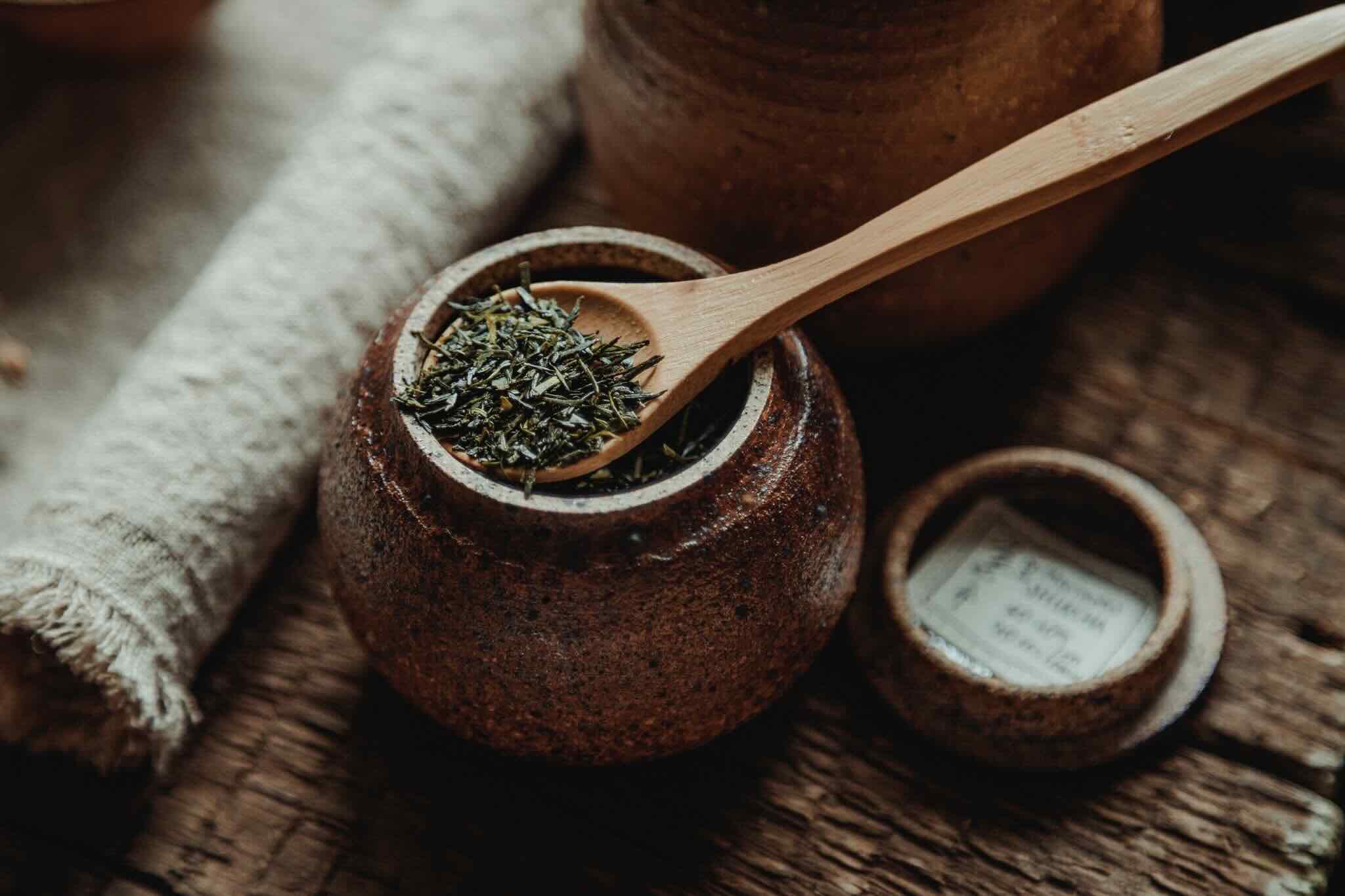
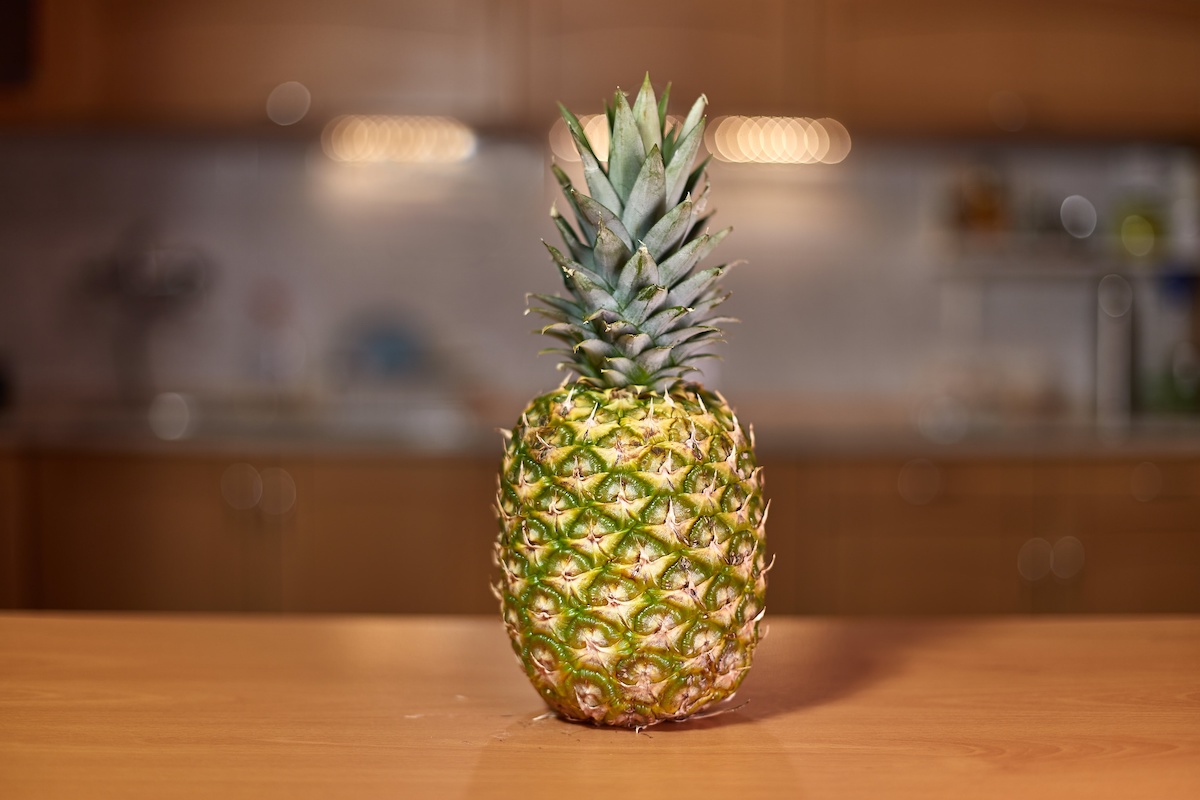
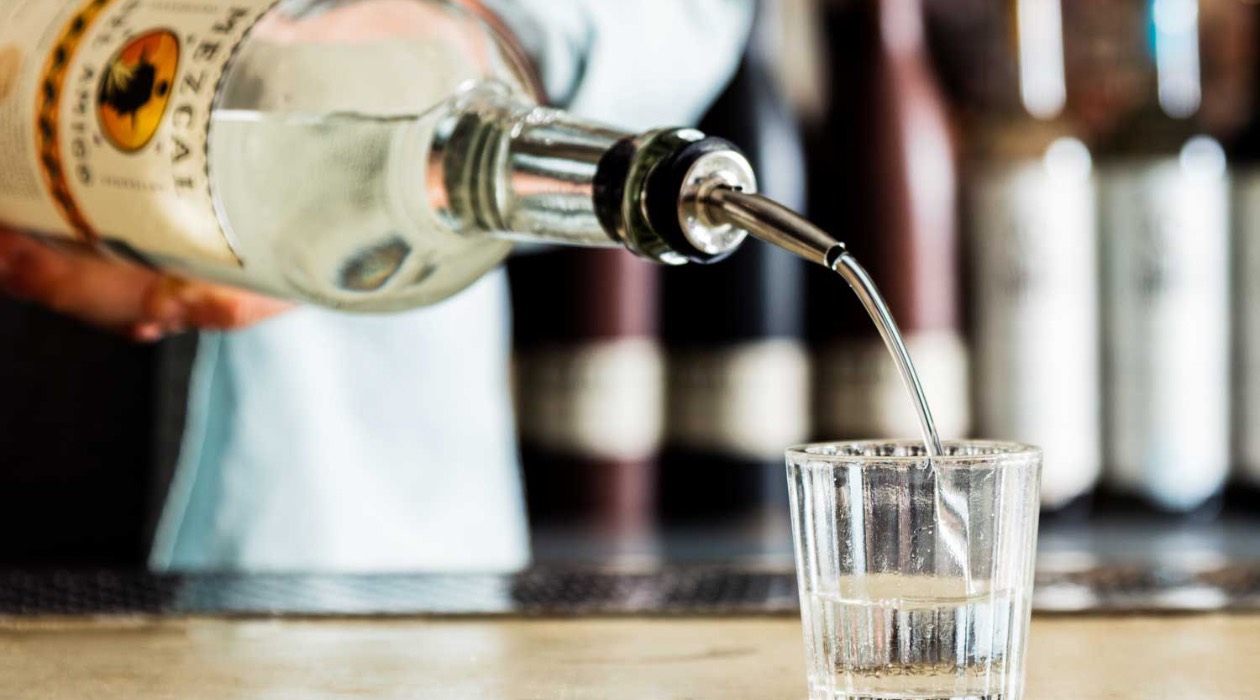
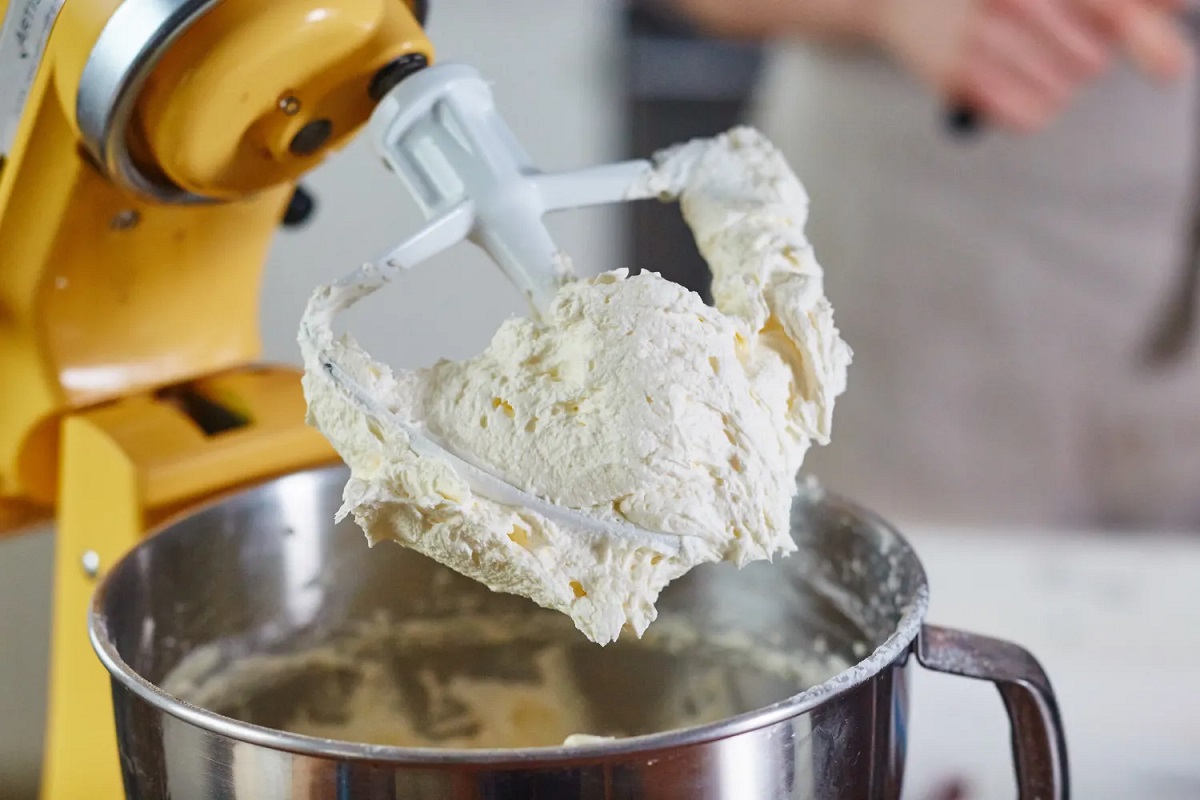

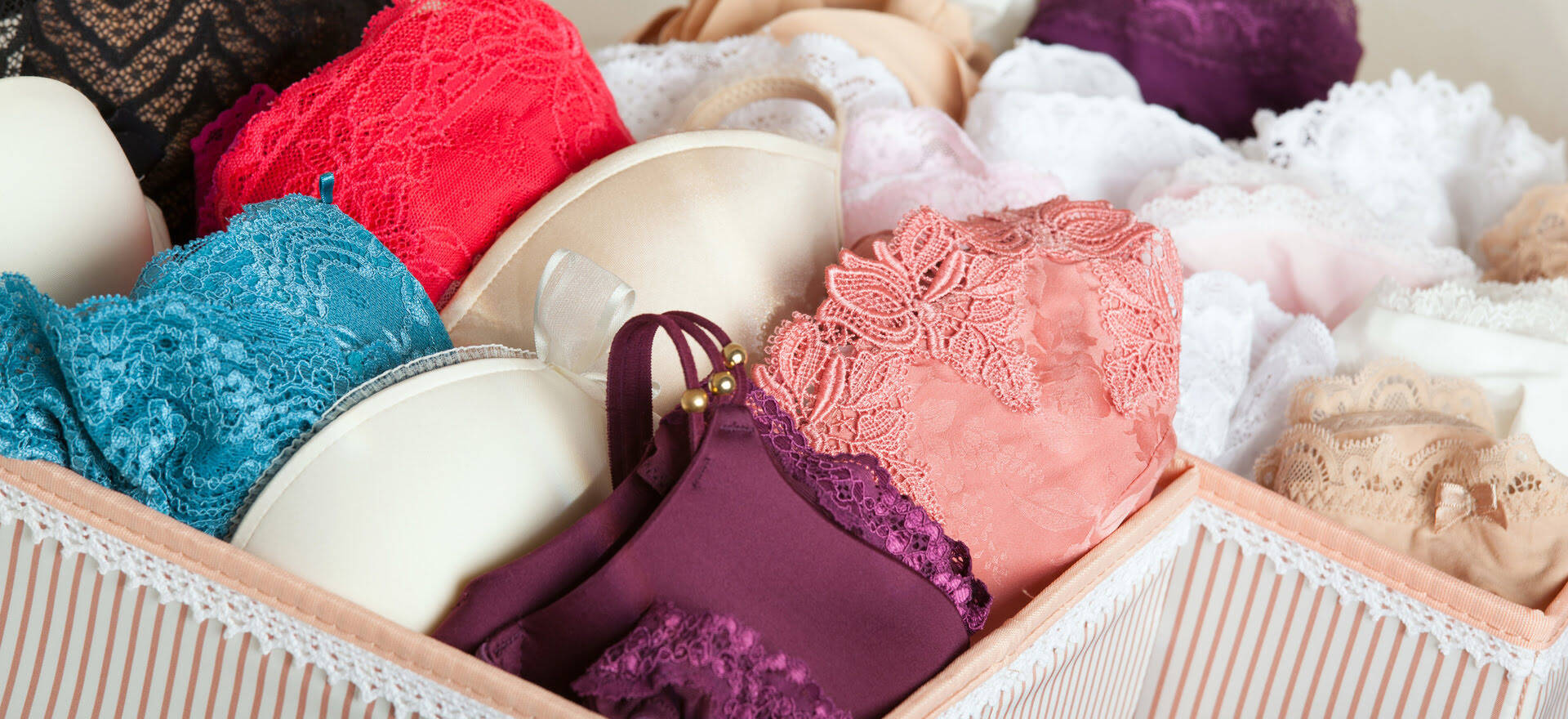
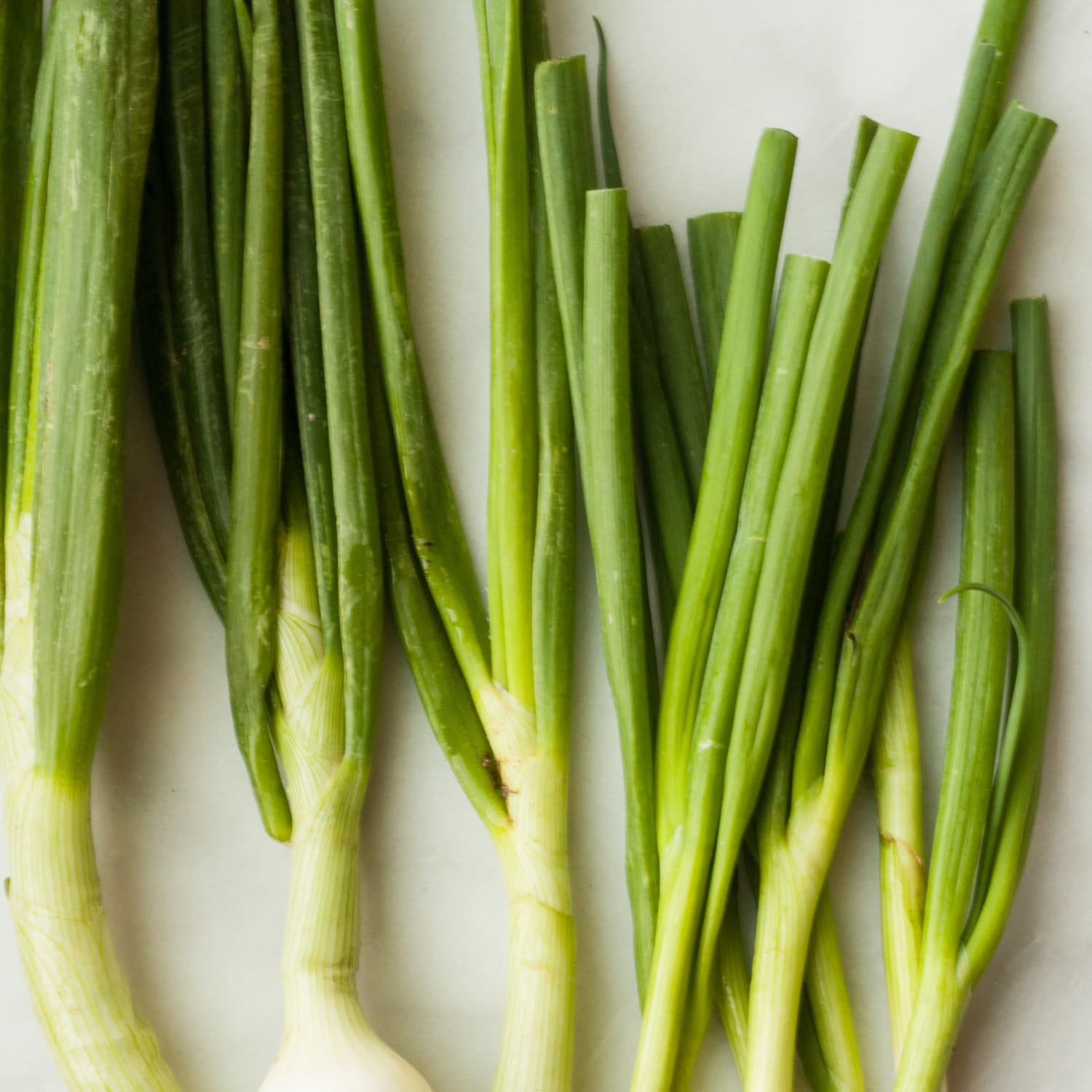
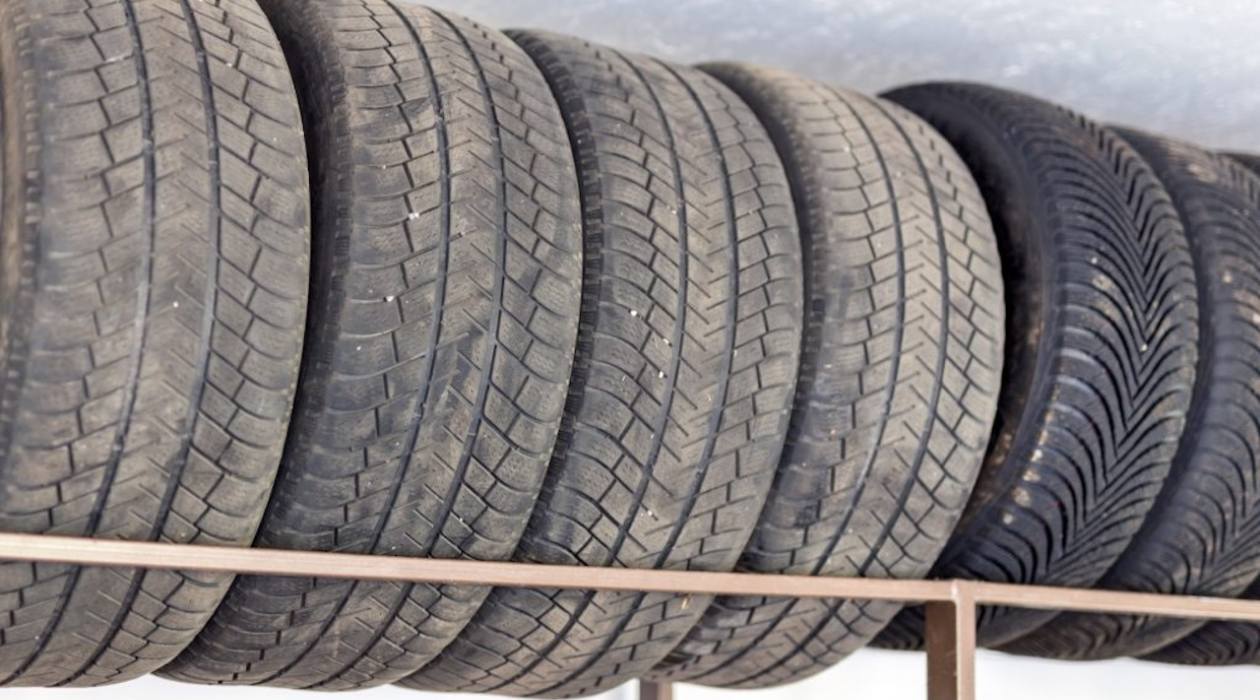




0 thoughts on “How To Store Placenta”